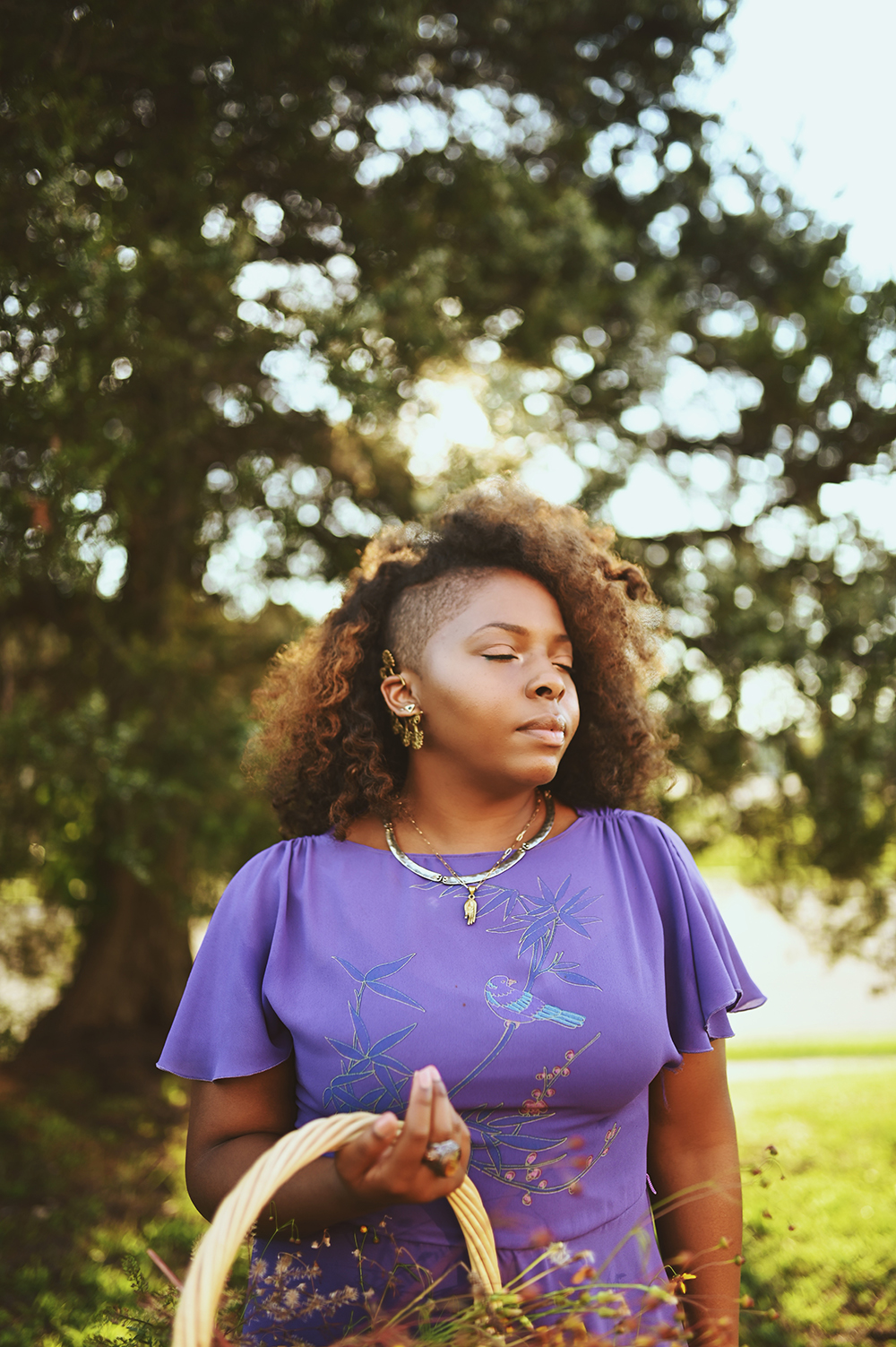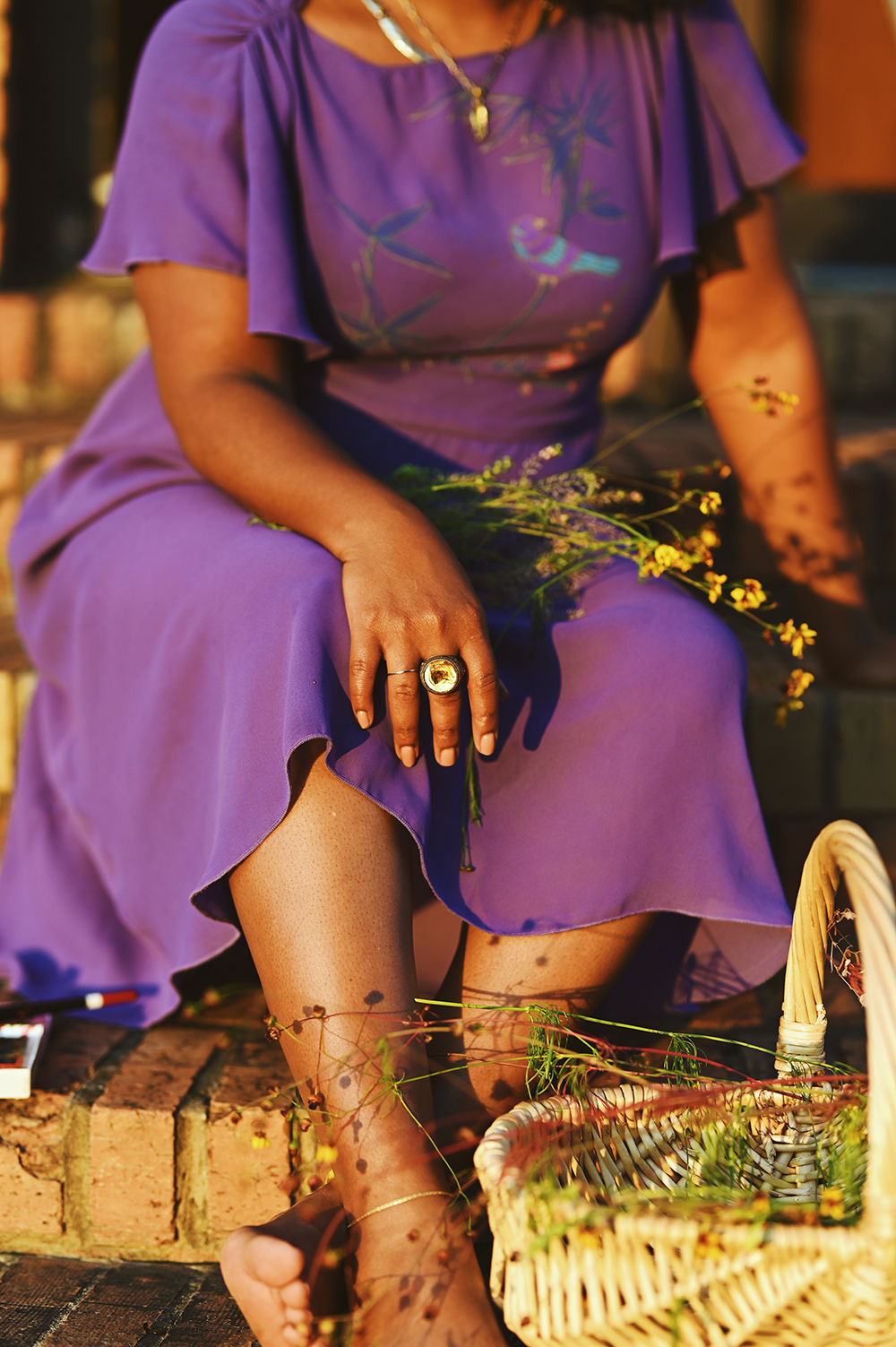This is arguably the greatest week of the year for Memphis sports. Seventy of the finest golfers on the planet arrive in the Bluff City for the FedEx St. Jude Championship, the first of three playoff tournaments to decide the winner of this year’s FedEx Cup. Masters champion Scottie Scheffler will be here. Xander Schauffele — winner of the PGA Championship and the British Open — will be here. So will Rory McIlroy, Jordan Spieth, and Justin Thomas. Memphis is the center of the golf universe for a precious, if humid, weekend.
I always think of Phil Cannon when the FESJC rolls around. We lost the longtime tournament director much too soon (in 2016), but Phil’s imprint on the event lives on, and in ways that go beyond any plaque or statue. The hundreds of volunteers who make you feel like the tournament belongs to you, personally? That’s Phil Cannon’s influence. A media center equipped with every tool a reporter might need to best share a story? That’s Phil Cannon’s influence. And the ongoing bonds between our tournament and both St. Jude Children’s Research Hospital and FedEx? That’s Phil Cannon’s priority list, living and breathing, making the FESJC distinct from any other golf tournament in the world.
Phil was the primary source for my very first feature in Memphis Magazine, way back in June 1994. He treated me like a veteran scribe in town for Sports Illustrated. I have little doubt every writer who crossed his path would tell you the same thing. Phil Cannon was a Memphis treasure. When the FESJC makes sports headlines every summer, I’m reminded that he still is.
• The Memphis Redbirds unveiled a new sign on the outfield wall at AutoZone Park last Saturday, a tribute to the 1938 Negro American League champion Memphis Red Sox. It made for a glorious night at the ballpark, Memphis beating Gwinnett, 8-2, while wearing uniforms commemorating the city’s Negro League team of days gone by.
It’s a good start for a franchise and facility that desperately needs to better embrace the history we’ve seen over the ballpark’s first quarter-century. That lone red chair on the right-field bluff? That’s where Albert Pujols (yes, that guy) hit a baseball to win the 2000 Pacific Coast League championship for Memphis. But there’s no plaque to tell a new fan why September 15, 2000, is an important date in Memphis sports history. Just an oddly placed red seat.
And how about a reminder (poster?) that Yadier Molina played here, and actually caught his first game with Adam Wainwright on the mound at AutoZone Park? (The two broke the major-league record for starts by a battery in 2022.) You might recognize highlights of David Freese from the 2011 World Series. Did you know Freese hit game-winning home runs in the 2009 PCL playoffs, helping Memphis to its second championship? A visual reminder would make AutoZone Park a better, happier place.
• The U.S. Olympic basketball teams (men and women) both brought home gold medals from the Paris Games. Salute to LeBron James, Breanna Stewart, and the many future Hall of Famers who handled the uncomfortable role of heavy favorite and made it to the podium. It makes for a good time to remind voters for the Naismith Memorial Basketball Hall of Fame that Memphis legend Penny Hardaway is the only member of the 1996 U.S. Olympic team — also gold medalists — not currently enshrined. The only one. Mitch Richmond is in the Hall of Fame, for crying out loud, but not Penny Hardaway. Let’s get this corrected.



